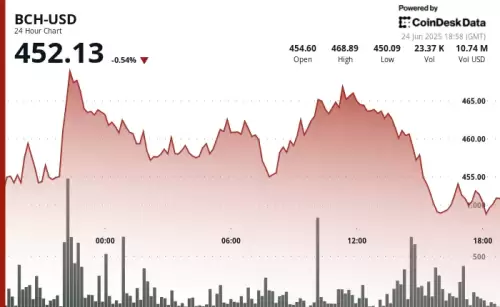Explore the transformative potential of stablecoins, the monetary revolution they may spark, and their impact on the broader digital asset landscape.

Stablecoins, Monetary Revolution, and Digital Assets: A New Era?
Are we on the cusp of a monetary revolution fueled by stablecoins and digital assets? It sure looks that way. Financial innovation, especially in decentralized finance (DeFi), is laying the groundwork for a potential shift to 'narrow banking,' impacting global finance, economic development, and geopolitics. Here's the lowdown.
The Rise of Stablecoins
Stablecoins, those decentralized 'digital dollars' (or euros, yen, you name it), are making waves. Unlike central bank digital currencies (CBDCs), stablecoins are privately created digital tokens, leveraging blockchain technology for secure and transparent transactions. Think of them as a bridge between traditional fiat money and the DeFi world.
The numbers don't lie: stablecoin annual transaction volumes hit a whopping $35 trillion recently, more than doubling the previous year. User numbers are up over 50%, reaching over 30 million, and the total value of stablecoins is sitting pretty at around $250 billion.
Narrow Banking and the Chicago Plan
This concept isn't new. The Chicago Plan, conceived by economists at the University of Chicago, aims to separate the functions of money creation and payments from credit creation. 'Narrow' banks would hold deposits backed one-to-one with safe assets, while 'broad' or 'merchant' banks would handle lending, funded by equity or long-term bonds. This setup eliminates deposit runs and stabilizes the payment system.
Why Now? Shifting Political and Economic Sands
So, why is this gaining traction now? Several factors are at play. First, bipartisan frustration with traditional banks hasn't gone away since the 2008 financial crisis. The Fed's monetary policy hasn't helped either.
Second, the crypto space has generated massive wealth, creating a powerful counterweight to traditional banking lobbies. Even institutional asset managers are eyeing the opportunities in DeFi.
Third, the U.S. has a compelling national interest in developing stablecoins. They offer an alternative to payment systems controlled by rivals, like China, and could become major buyers of U.S. T-bills. Treasury Secretary Scott Bessent keeps mentioning this.
Fiserv, PayPal, and Interoperability
The collaboration between Fiserv and PayPal to build interoperability between FIUSD and PayPal USD (PYUSD) is a huge step. This will allow consumers and businesses to move funds domestically and internationally, expanding the use of stablecoins and programmable payments globally.
Bitcoin's












































































